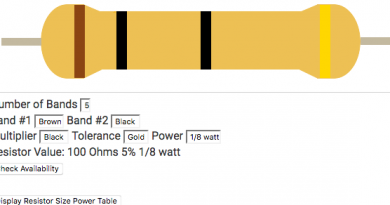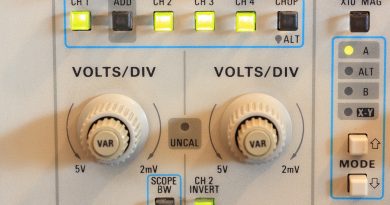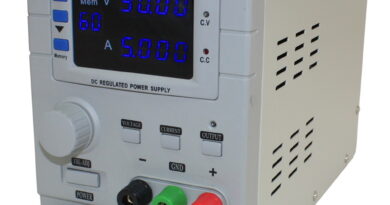How to Read a Digital Storage Oscilloscope
A digital storage oscilloscope is a piece of test equipment that represents sounds as waves on the device’s display. The oscilloscope compares the signal’s voltage and plots it relative to time, resulting in a visual representation of a soundwave as it moves through the air. Technicians, electrical engineers, students, and hobbyists alike frequently use an oscilloscope to compare sounds and test audio circuits. You can start to understand what differences in the sound wave will sound like and, in time, the sound produced the interaction of multiple waves. You should already have a basic understanding of the parts of a wave.
Send the signal you want to examine to the oscilloscope and adjust the amplitude setting until you can view the bottom and top of each wave on the display of the oscilloscope (or your computer monitor, if you are using a USB oscilloscope). The scale running along the side of the display will adjust correspondingly.
Examine the displayed sound waves. The distance from the trough, which is the bottom of the wave, to the crest, or the top of the wave, is the wave’s amplitude. A large amplitude represents a louder sound. You can get an approximation of the sound’s loudness by comparing the amplitude of the wave to the scale on the side of the oscilloscope’s display.
Next you will observe the time adjuster of the oscilloscope to estimate how much time is represented across the bottom of the screen. Although the measurements will be more precise for shorter periods of time, you will not be able to see as much of the signal in its entirety.
Observe the number of times the wave goes from trough to crest and the scale along the bottom of the oscilloscope’s display — this measurement is the wave’s frequency. A higher frequency wave oscillates more often in a given period of time. If the frequency is one hertz, the sound cycles once a second.
Note the number of cycles the wave completes for the unit of time at the bottom of the display of the oscilloscope. Multiply the number of cycles by the amount of time in which they were completed to find a sound’s frequency in hertz (for example, count the number cycles completed in a tenth of a second and multiply that number by ten to calculate hertz).


